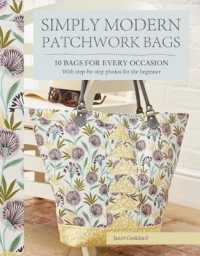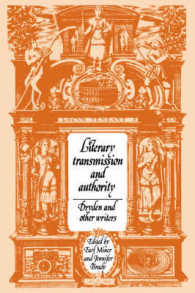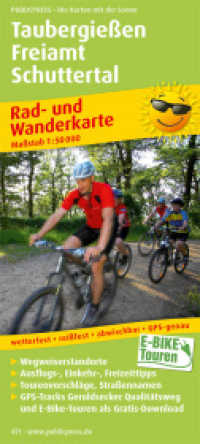Full Description
For courses in Curriculum in Early Childhood (Early Childhood Education), Ages 3-8
This package includes the Enhanced Pearson eText and the bound book.
Readers see clearly how children learn; what children can learn; and the specific concepts, ideas, and strategies that are developmentally appropriate for young children.
Reader friendly and filled with examples, anecdotes, and practical hands-on strategies, activities, and lesson plans, A Practical Guide to Early Childhood Curriculum offers pre- and in-service teachers specific help for planning, designing, and implementing effective early childhood curriculum for ages three through eight. Here the authors emphasize how to teach, while providing a solid foundation for the theoretical basis of the concepts being applied. Teachers see clearly what can be taught to young children, why it is important, and how it can be accomplished. The emphasis is on the importance of a child-centered curriculum that encompasses the whole child—physical, social, emotional, creative, and cognitive—and the focus is on the developmental needs of the children in the classroom, the cognitive areas of the curriculum, and effective methods of curriculum implementation.
Invigorate learning with the Enhanced Pearson eText
The Enhanced Pearson eText provides a rich, interactive learning environment designed to improve student mastery of content with embedded video and assessments. The Enhanced Pearson eText is also available with a loose-leaf version or without a print version.
Instructors, visit pearsonhighered.com/etextbooks to register for your digital examination copy. Students, register for or purchase your eText at pearsonhighered.com/etextbooks.
Contents
Part 1 Introduction to Early Childhood Education
1 Early Childhood Education and Developmentally Appropriate Practice
2 Family, School, and Community Partnerships
3 Assessment
4 Planning the Curriculum
Part 2 Personal and Social Development
5 Appreciating Differences
6 Myself and Others
Part 3 Cognitive and Literacy Development
7 Language Development
8 Literacy Development
9 Physical Science Experiences
10 Earth and Space Science Experiences
11 Life Science Experiences
12 Problem Solving and Mathematics
Part 4 Aesthetic and Creative Development
13 Music and Movement
14 Creativity, Art, and Dramatic Activities
Appendix A Lesson Plans
Appendix B Recipes for Food Experiences
References
Name Index
Subject Index


![Pietro Egidi : giornata di studi, Viterbo, 18 novembre 2015 (Fuori collana [9]) 〈[9]〉](../images/goods/../parts/goods-list/no-phooto.jpg)





